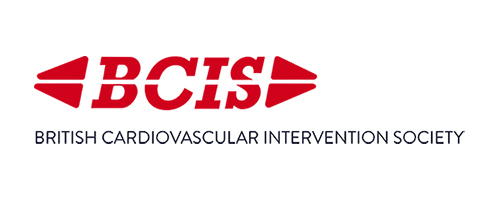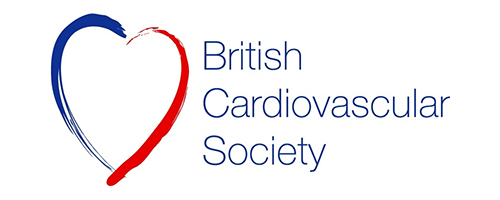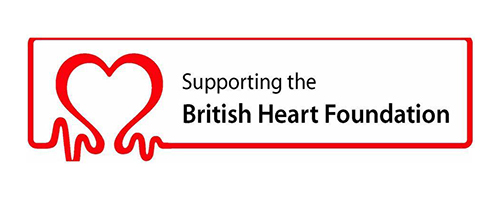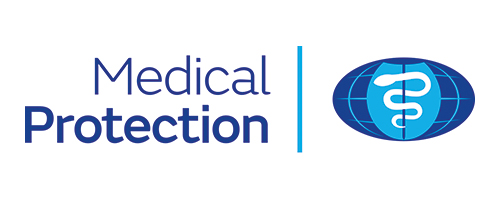The information outlined below on common conditions and treatments is provided as a guide only and it is not intended to be comprehensive. Discussion with Dr Saha is important to answer any questions that you may have. For information about any additional conditions not featured within the site, please contact us for more information.
A coronary angiogram is a test which allows your cardiologist to visualise the coronary arteries. Specially shaped catheters are used to inject a dye into the arteries which shows up on x-ray. The procedure is normally performed as a day case.
Having an Angiogram
This procedure is undertaken in either Cheltenham General Hospital or one of our partner facilities. You will need to fast for a least 4 hours for your procedure. You will be admitted to hospital. The nurses will take some details from you, check for any potential issues such as previous allergic reactions, drugs in the past, check the medication you are taking. When you have signed the consent form, you will be taken down to the cardiac catheterisation laboratory.
The procedure is nearly always done from the wrist (the radial artery) but may require access via the leg in some patients (the femoral artery). In the Catheterisation Laboratory, the doctor will place a local anaesthetic at the puncture site. Simple sedation is always offered to make the procedure more tolerable for you. When the skin has been anaesthetised, the doctor will insert a tiny plastic tube (the sheath) into the artery. Through this sheath, we will conduct the procedure.
Specially shaped catheters allow the the coronary arteries to be engaged. A special dye is injected through the catheter and x-ray pictures are taken. This allows the doctor and his team to see any narrowings or blockages. The whole procedure takes about 10-15 minutes.
As it is an invasive test, there is a very small risk of complications. These include bruising and bleeding from the artery puncture point, or internal bleeding, but very rarely can include setting off a heart attack or stroke. Death from an angiogram is very rare.
What Happens after
When the cardiologist has gathered all the data that is required, the tube will be removed from the arm or leg. If done from the wrist, you can sit up immediately, with a wrist band compressing the puncture site. If done via the leg, more often than not, a special sealing device will often be placed at the top of the leg, in the form of a tiny plug, which seals off the puncture site of the artery and prevents any further bleeding. You will be able to sit up and have a drink almost immediately and mobilise within 2 hours. Thereafter, someone may escort you home later that day. The vast majority of patients can go home a few hours after the procedure.
Discussion with Dr Saha is important to answer any questions that you may have. For information about any additional symptoms you may be suffering from that are not featured within the site, please contact us for more information.







